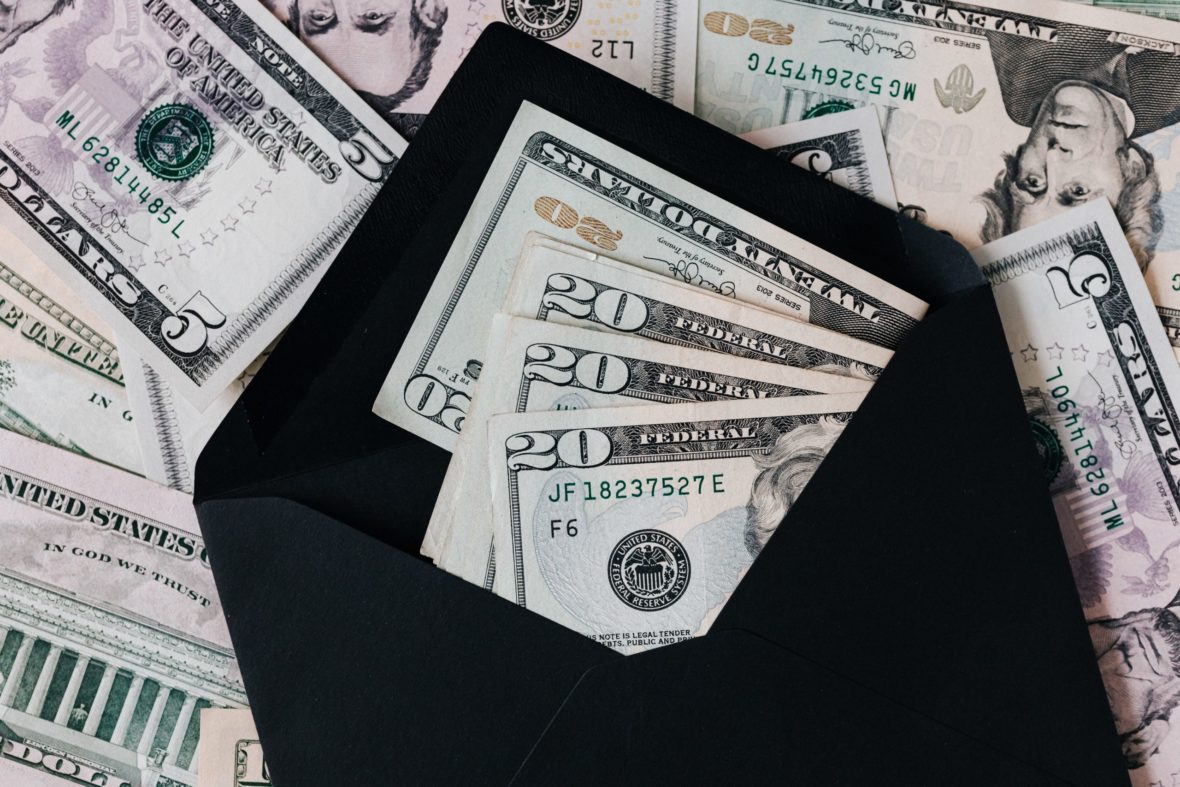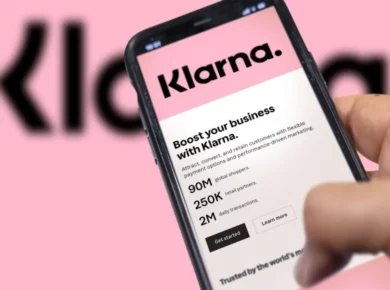Budgeting with envelopes is a simple, systematic way to pay bills and save money. Setting aside the funds you need for bills while balancing your outgoings is the best way to stick to your budget. Envelope budgeting is a popular way of keeping on top of your “comings and goings” and is made even easier with some of the great finance software and apps on the market.
What is the Envelope Budgeting method?
In envelope budgeting, you divide your income across various categories of expenditures — bills, groceries, petrol, car insurance etc. You will take that amount in cash and put it into an envelope after you have decided how much each category should cost. You should use the funds in the envelope for only the bills or purchases in that category. By limiting what you can spend, you are protected from overspending.
No matter how you pay your bills, the principle works and can be applied through software or other apps. Some of the newer challenger banks like Monzo and Revolut enable this through their sub-accounts and “pots” really easily.
Envelope budgeting has the advantage of forcing you to keep track of your spending habits – if the envelope is empty, you cannot buy anything from that category until the next paycheck.
How to start an Envelope Budget
Step 1. Create spend categories and limits
First, set spending categories for your budget and then limit how much you can spend in each category.
Your monthly income mustn’t exceed the sum of all your spending categories.
Consider where your money goes to determine which categories might be useful. Group your common expenditures to make them easier to manage. As an example, your categories might include:
- Buying food
- Petrol / Transport
- Clothes
- Weekly takeaway/dining out
Consider your specific situation when creating your categories. You can create as many categories as you need, but not too many to cause confusion. Get an idea of your usual costs by checking your recent banking statements or receipts. It’s fine to use that number, or you can use a lower number if you’re trying to cut back.
As well as your usual costs, make sure to include irregular expenses such as MOTs, insurance, and gifts – I’d also recommend adding a specific savings envelope for luxuries such as holidays or new cars so that you’re not relying on finance when the time comes to buy.
Step 2. Clearly label each envelope
Write the category name and the monthly budgeted amount on one envelope per spending category.
If you get paid fortnightly or weekly, divide the monthly total by the number of pay periods you have in each month, then record those figures on your envelope too. That way you’ll be able to always have the right amount set aside in each envelope.
Step 3. Carve up your paycheck
Let’s say you receive a paycheck of £1000. Put the budgeted amounts into the appropriate envelopes after you receive your paycheck. Here is a simple example:
- £200 in the food budget envelope
- £400 in the rent budget envelope
- £140 in the transport budget envelope
- £60 in the utility bills budget envelope
- £200 in the savings budget envelope
Whenever you receive a paycheck, add that amount to each cash envelope based on your budget.
Step 4. Spend money ONLY from the correct envelopes
You should take the money from the appropriate envelope whenever you go shopping or pay a bill. For instance – when you’re out at the supermarket, take your grocery envelope with you.
Any remaining money from the previous month can be stored in the envelope for the next month to be spent, or it can be removed and saved or added to an emergency fund. This can help you reach your savings goal, which in turn can help you stay on budget.
Modern Envelope Budgeting Methods
It may seem a bit old-fashioned to use a cash envelope budget in a world where there are direct debits, electronic transfers, debit cards, credit cards, and BACS payments to make life easier – and you’d be right – but there is another more convenient way.
Envelope budgeting software that is built around convenient financial transaction methods while keeping the discipline of envelope budgeting is available and super easy to use. Tools such as You Need a Budget allow you to define budget categories, track spending activity and see how much each budget category has spent. Your income is distributed among “envelopes,” and when you make a purchase, you tell it which spending categories you want to use, and the software deducts the funds from these envelopes.
If a bill is paid directly, the software removes the payment amount from the appropriate envelope. In the case of a credit card payment, the software can set aside that amount in a credit card payment “envelope” or category for use when you pay the credit card bill.
There are a whole host of apps to help here – why not try your hand at digital envelope budgeting today?









